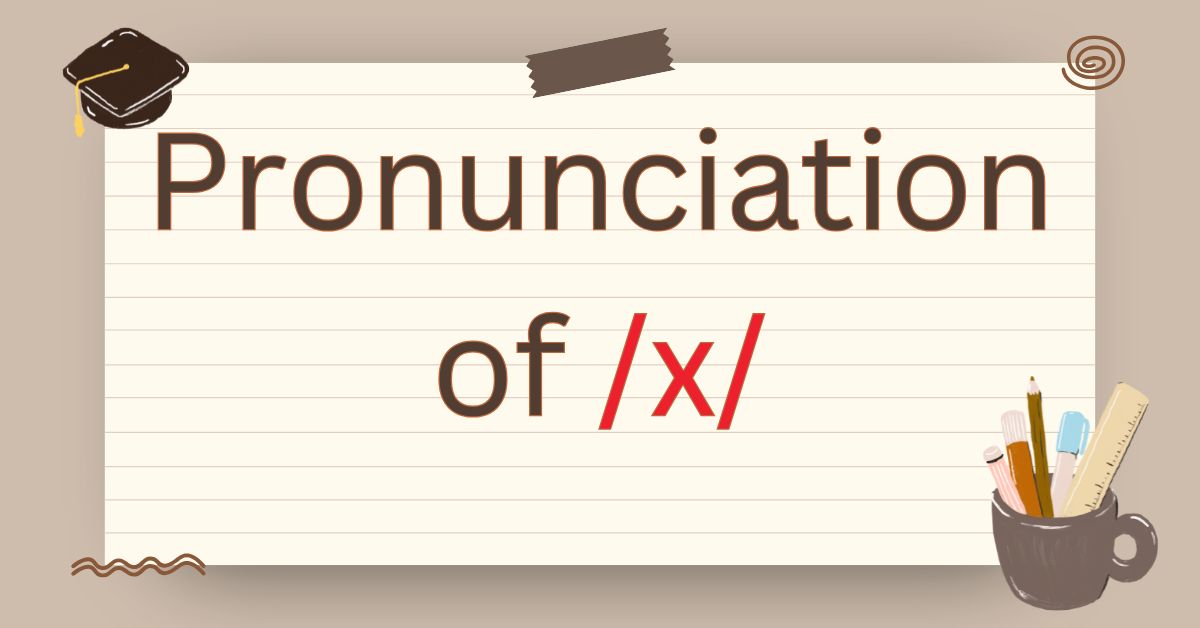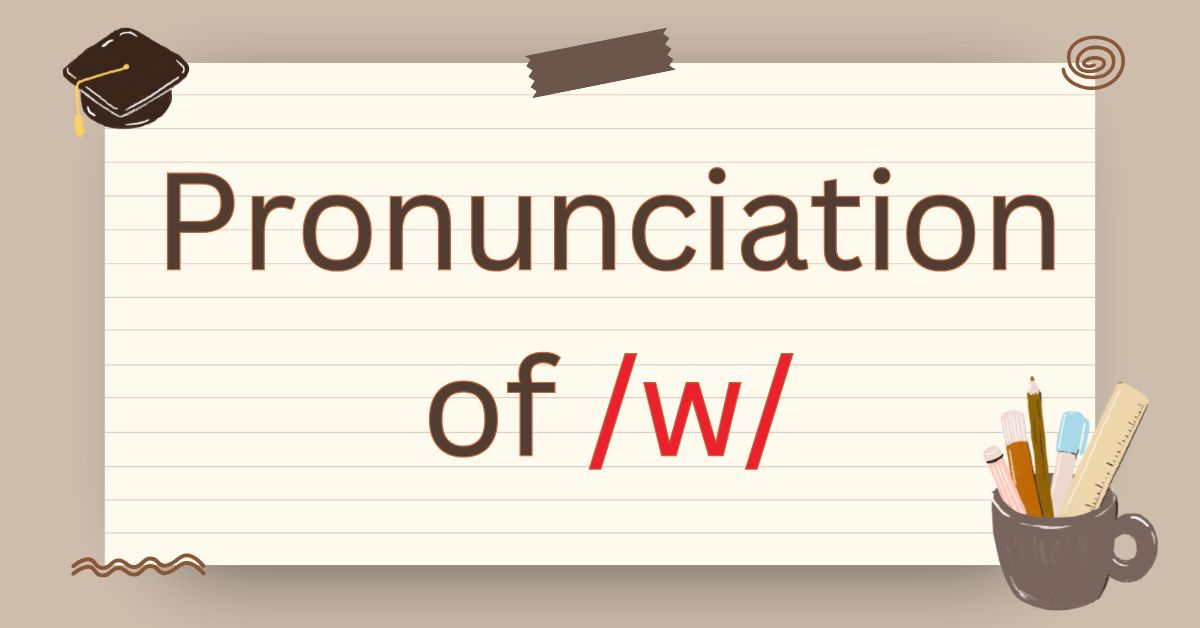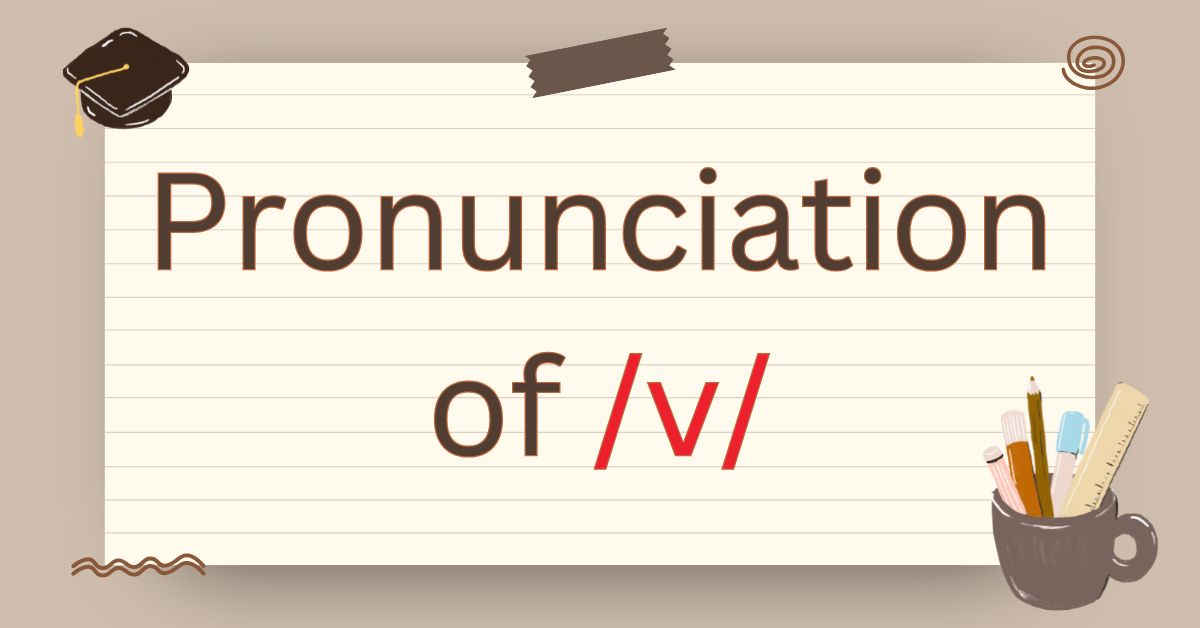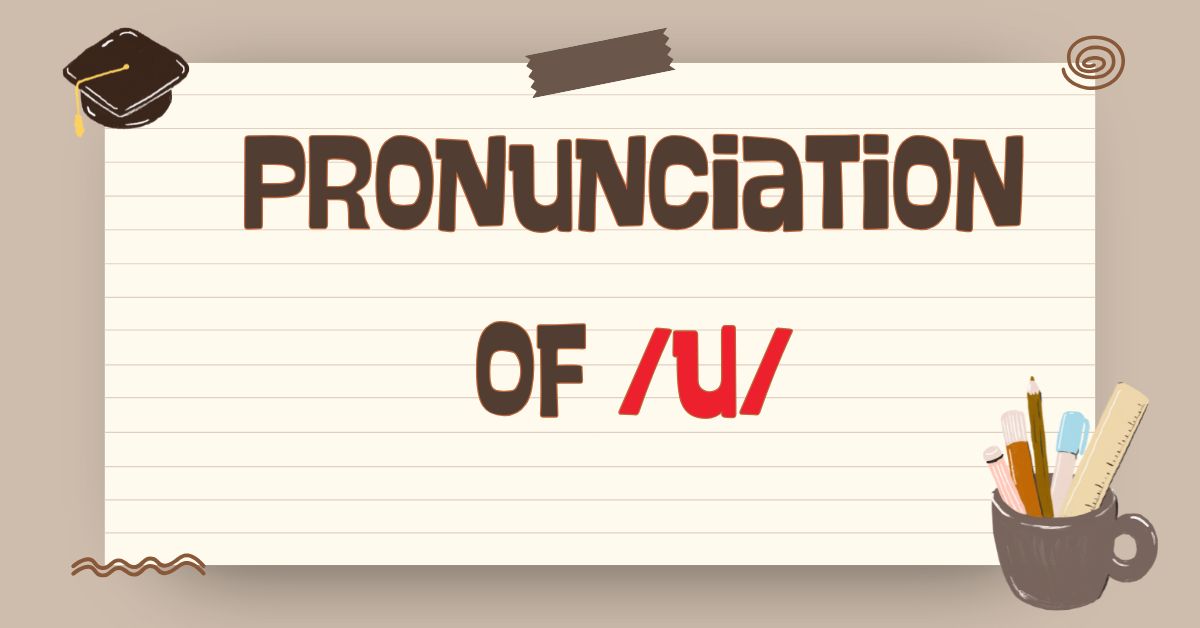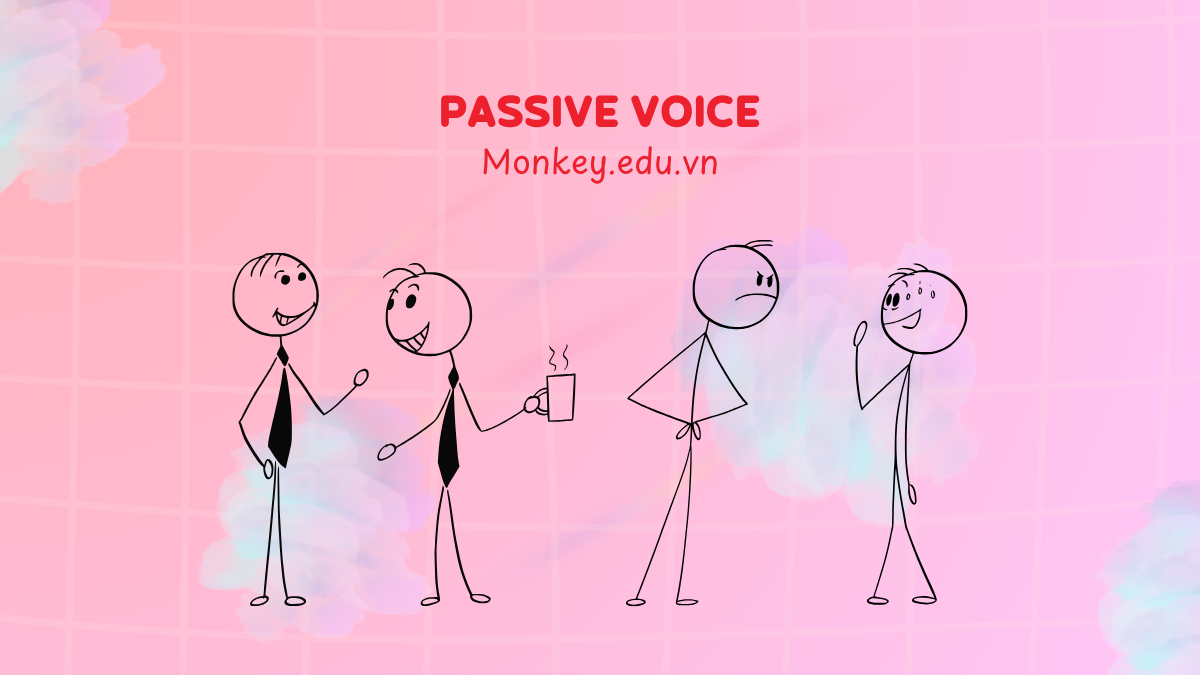กาลปัจจุบันสมบูรณ์ เป็นหนึ่งในหัวข้อไวยากรณ์หลักสำหรับผู้เรียนภาษาอังกฤษ โดยเฉพาะผู้ที่เตรียมตัวสอบ IELTS โครงสร้างและการใช้งานที่ยืดหยุ่นของมันอาจสร้างความสับสนได้ หากไม่ได้เข้าใจทฤษฎีอย่างถ่องแท้ ที่นี่ Monkey จะมอบทุกสิ่งที่คุณจำเป็นต้องรู้เกี่ยวกับกาลปัจจุบันสมบูรณ์ ทั้งความหมาย โครงสร้าง คำบอกเวลา และแบบฝึกหัดพร้อมเฉลย
กาลปัจจุบันสมบูรณ์คืออะไร?
กาลปัจจุบันสมบูรณ์ ใช้เพื่อบรรยายการกระทำหรือเหตุการณ์ที่เริ่มต้นในอดีตและยังคงต่อเนื่องมาถึงปัจจุบัน หรือการกระทำในอดีตที่ส่งผลต่อปัจจุบัน
ตัวอย่าง:
-
I have lived in Bristol since 1984.
-
We have had the same car for ten years.
-
We have eaten at that restaurant many times.
โครงสร้างของกาลปัจจุบันสมบูรณ์
|
ประเภทประโยค |
โครงสร้าง |
ตัวอย่าง |
|
บอกเล่า |
Subject + have/has + past participle (+ object) |
We have worked in this factory for 15 years. |
|
ปฏิเสธ |
Subject + have/has not + past participle (+ object) |
She hasn’t met her classmates for a long time. |
|
คำถามใช่/ไม่ใช่ |
Have/Has + Subject + past participle? |
Have you seen Gone with the Wind? -> Yes, I have. |
|
คำถาม WH- |
WH‑word + have/has + Subject + past participle? |
Why has she not drunk this coffee yet? |
คำบอกเวลา (Signal Words) สำหรับกาลปัจจุบันสมบูรณ์
คำเหล่านี้มักใช้เป็นสัญญาณของกาลปัจจุบันสมบูรณ์:
-
For + ระยะเวลา: for a long time, for two years
-
Since + จุดเวลาในอดีต: since 2000, since yesterday
-
Just; Already; Before; Yet
-
Ever; Never; Recently, Lately, In recent years
-
Until now; So far; Up to now
วิธีใช้กาลปัจจุบันสมบูรณ์
กาลปัจจุบันสมบูรณ์ เป็นสิ่งสำคัญสำหรับการสอบ IELTS ทั้ง Academic และ General Training โดยมีกรณีการใช้งานทั่วไปดังนี้:
|
กรณีใช้งาน |
ตัวอย่าง |
|
การกระทำที่เริ่มในอดีต ต่อเนื่องถึงปัจจุบัน และอาจดำเนินต่อไปในอนาคต |
Don’t force her - she’s had dinner already. |
|
การกระทำที่เกิดซ้ำในอดีต |
David has written five books. |
|
การกระทำในอดีตที่ไม่ระบุเวลา |
Someone has taken my seat. |
|
ประสบการณ์ที่สั่งสมตลอดเวลา |
She is the smartest girl I have ever met. |
|
เหตุการณ์ที่เกิดขึ้นครั้งแรก |
This is the first time I have watched this movie. |
|
การกระทำในอดีตที่ทิ้งผลลัพธ์ชัดเจนไว้ |
Many people have died from COVID-19 recently. |
การวางตำแหน่งคำวิเศษณ์ (Adverb Placement):
-
just, already, never, ever -> วางหลัง have/has
-
yet -> ใช้ท้ายประโยคในปฏิเสธและคำถาม
-
recently, so far -> วางต้นหรือท้ายประโยค
ตัวอย่าง:
-
I have just come back home.
-
She hasn’t told me yet.
-
I have seen this film recently.
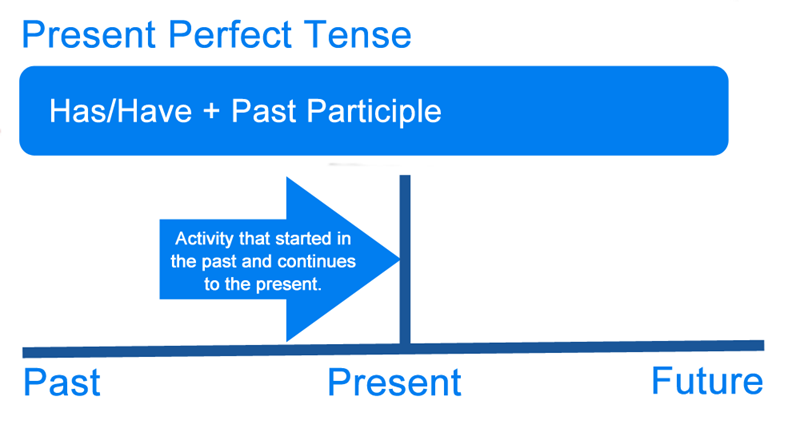
แบบฝึกหัดกาลปัจจุบันสมบูรณ์
แบบฝึกหัดที่ 1: เติมคำกริยาด้วยกาลปัจจุบันสมบูรณ์ (Fill in with Present Perfect)
-
She has been at her computer for eight hours.
-
Hannah hasn’t had any fun for a long time.
-
My grandfather hasn’t played any sport since last year.
-
You’d better shower— you haven’t had one since Monday.
-
I don’t live with my family and we haven’t seen each other for ten years.
-
I have just realized there are only three weeks left in the semester.
-
Anna has finished reading three books this month.
-
How long have you known each other?
-
Have you taken many photographs?
-
Has Jack eaten at the Sheraton yet?
แบบฝึกหัดที่ 2: เขียนใหม่โดยไม่เปลี่ยนความหมาย (Rewrite without changing meaning)
-
She has lived in Hanoi for two years.
-
He has studied English since youth.
-
This is the first time I have eaten this kind of food.
-
She is the most beautiful girl I have ever seen.
-
I have never read such a great novel before.
แบบฝึกหัดที่ 3: เลือก just / already / yet
-
He’s just gone out.
-
I haven’t finished yet.
-
I’ve already done it.
-
Have you found a place to live yet?
-
I haven’t decided yet.
-
She’s just come back.
|
เรียนรู้เพิ่มเติมเกี่ยวกับกาลเวลาในภาษาอังกฤษ |
||
เราหวังว่าคู่มือนี้จะช่วยให้คุณเข้าใจกาลปัจจุบันสมบูรณ์ได้อย่างชัดเจนและใช้งานได้อย่างถูกต้อง เพื่อเสริมสร้างทักษะไวยากรณ์และคำศัพท์ของคุณ อย่าลืมสำรวจแหล่งเรียนรู้ภาษาอังกฤษฟรีจาก Monkey



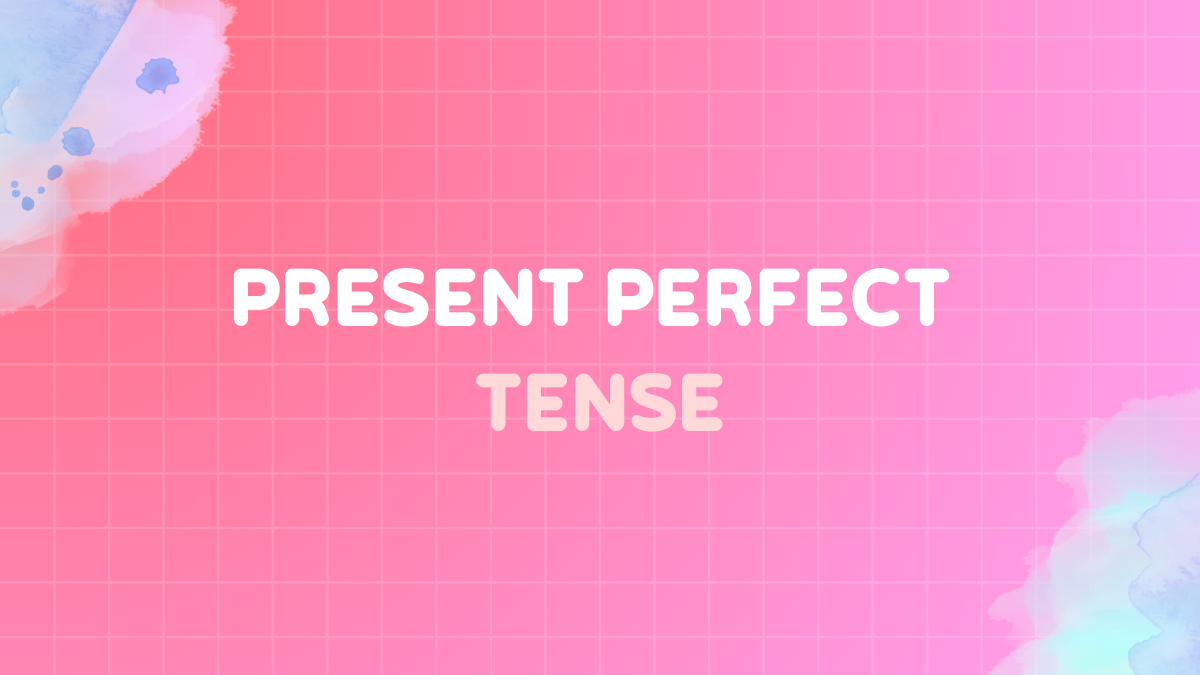
.png)
